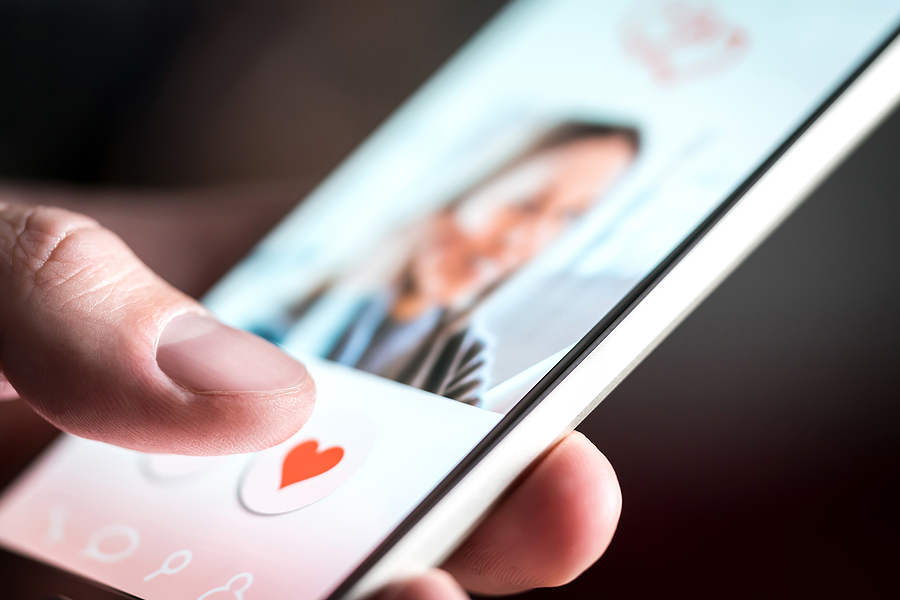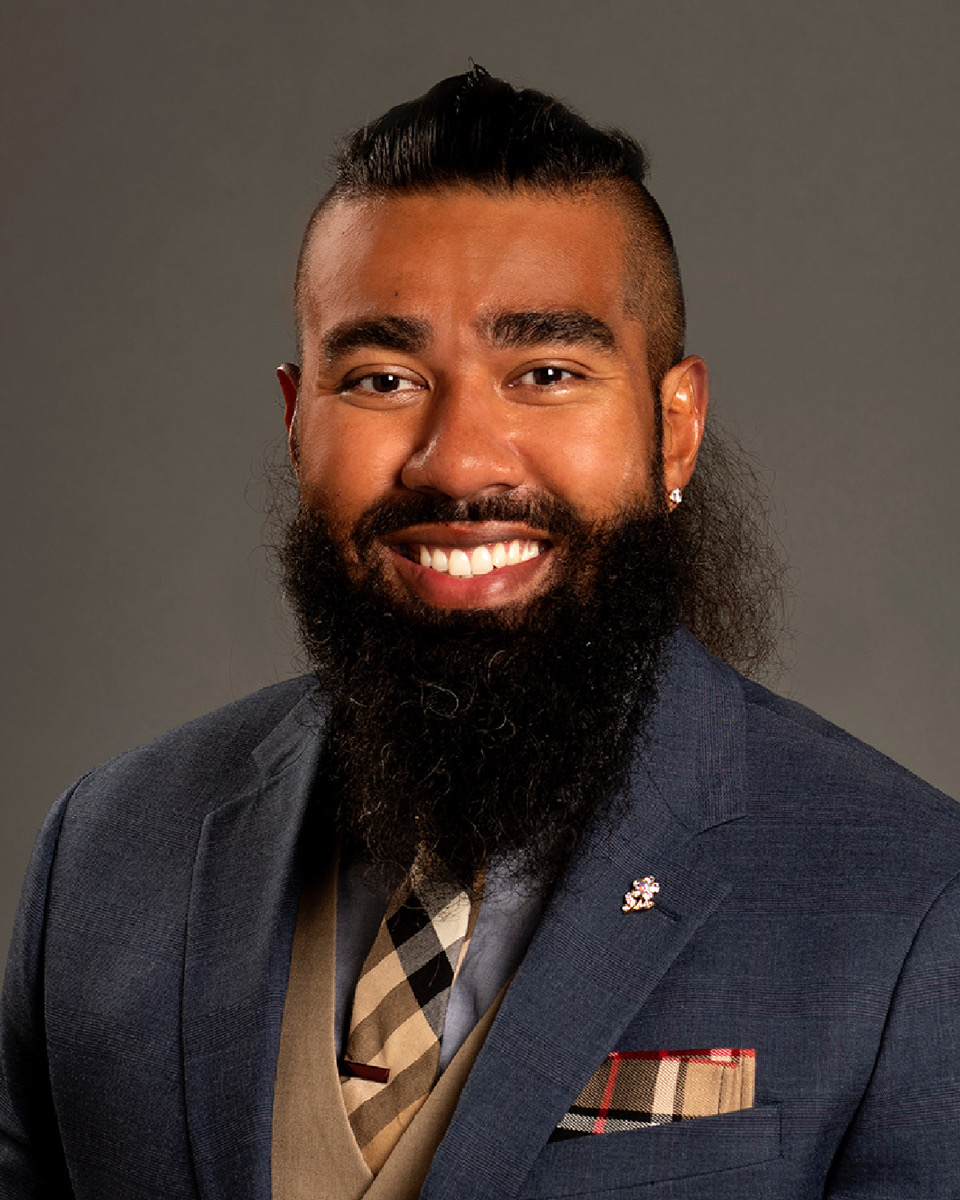The #MeToo movement has reshaped society’s understanding of sexual harassment, empowering survivors and holding predators accountable. However, its influence has seeped into the realm of dating, blurring the lines between flirting, courtship and harassment.
According to the United Nations’ guide on sexual harassment, “unwelcome sexual advances” and “requests for sexual favors” constitute harassment. Under this broad definition, traditional romantic behaviors like flirting and courtship fit uncomfortably well, casting a shadow over the concept of dating itself. The result is a cultural shift, subtly driven by the #MeToo movement, that suggests these practices should be societally discouraged. In its quest to protect, #MeToo may have inadvertently ended the era of romantic pursuit.
The U.N. document defines sexual harassment as “unwelcome sexual advances, requests for sexual favors, and other verbal or physical conduct of a sexual nature” that disrupts peace or creates a hostile environment. In dating, this ensnares behaviors once considered romantic. A compliment like “You look nice tonight” or an invitation to coffee can be perceived as “unwelcome” by the recipient.
Courtship, with its gradual escalation from casual banter to overt interest, often involves testing boundaries — a process that risks crossing into harassment territory. The U.N.’s framework doesn’t require malicious intent; it hinges on subjective experience. Thus, flirting and courtship — the building blocks of romance — satisfy the criteria for harassment, rendering them socially suspect.
This overlap is unavoidable in the ambiguous landscape of dating. A dinner invitation might charm one person and unsettle another. The U.N.’s definition leaves no room for this nuance, framing even well-meaning gestures as potential violations. A smile across a bar or a follow-up text after a polite rejection could be interpreted as creating a “hostile environment.” By aligning these acts with harassment, #MeToo’s influence has turned flirting and courtship into liabilities, discouraging the very behaviors that spark connection.
If flirting and courtship risk being labeled harassment, why engage in them? #MeToo’s heightened awareness of boundaries has instilled fear of missteps. A 2018 Pew Research Center survey found 43 percent of Americans believe #MeToo has made it harder for men to navigate interactions with women, a sentiment that extends to dating. Men hesitate to approach women; women second-guess their overtures. The result is a dating culture paralyzed by caution, where a flirtatious quip or a bold invitation feels like a gamble.
Dating apps offer a sanitized alternative, but they lack the spontaneity of in-person flirtation. #MeToo’s emphasis on consent is crucial, yet its unintended consequence is a world where romantic pursuit is stifled, leaving singles isolated in a paradox of vigilance and disconnection.
The decline of dating’s appeal is worsened by the fading allure of marriage, its traditional endpoint. No-fault divorce, now common in many jurisdictions, allows marriages to end without proving fault, freeing individuals from unhappy unions.
Yet, with half of U.S. marriages ending in divorce, marriage feels less like a covenant and more like a gamble. Why risk flirting or courtship, now tainted by harassment concerns, when the payoff — marriage — is so fragile? The risk-reward equation has soured: dating demands emotional exposure and social peril for an institution increasingly seen as antiquated. #MeToo’s redefinition of romantic behavior as risky amplifies this, making dating seem futile.
#MeToo has fostered a culture where fear overshadows romance. Imagine a man at a party, intrigued by a woman. He considers asking her out, but hesitates — will she see it as an “unwelcome advance”? He stays silent, and a potential connection fades.
Multiply this across countless interactions, and the societal toll is clear: a generation too cautious to flirt, too afraid to court, too jaded to date. The U.N.’s harassment guidelines, amplified by #MeToo, don’t distinguish between a predator and a nervous suitor; both risk being labeled harassers if their actions are unwelcome. This lack of nuance has turned dating into a minefield.
#MeToo’s victories against harassment are undeniable, but its collateral damage — the erosion of flirting, courtship and dating — demands attention. By framing these behaviors as harassment, the movement has created a world where romance is a liability. Society must find a balance that protects against abuse without criminalizing the pursuit of love. Without it, we face a sterile future: romance reduced to algorithms, flirtation a relic, and dating a cautionary tale.
#MeToo aimed to protect, but it may have quietly ended what makes us human.


